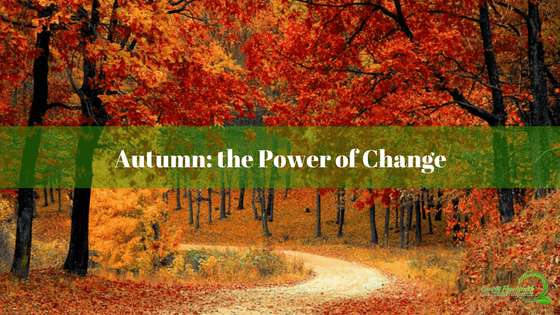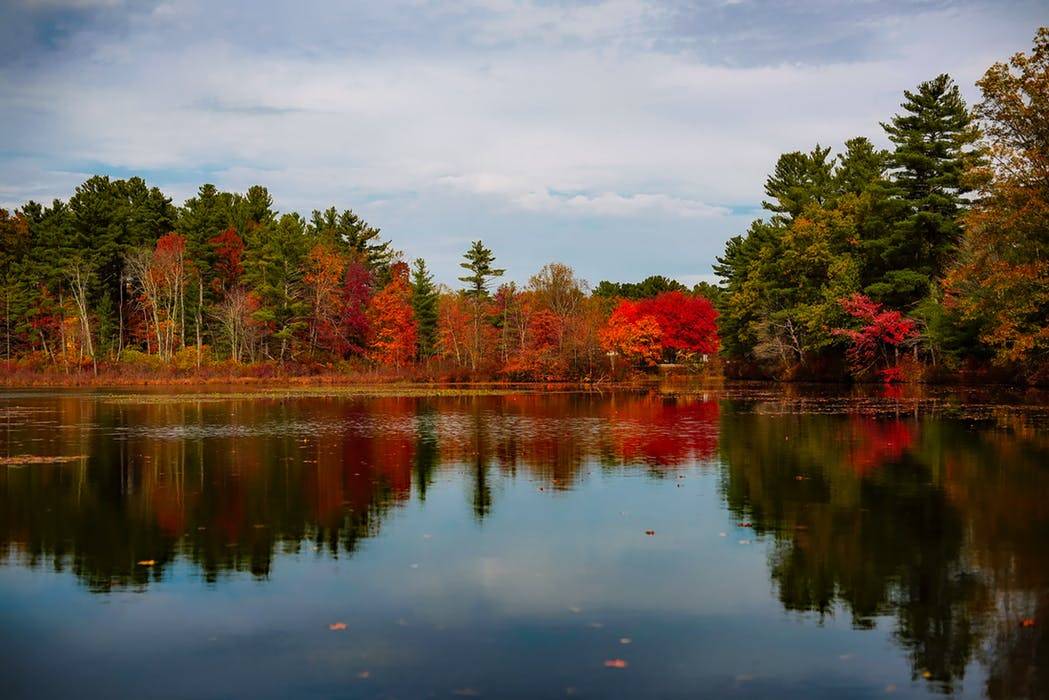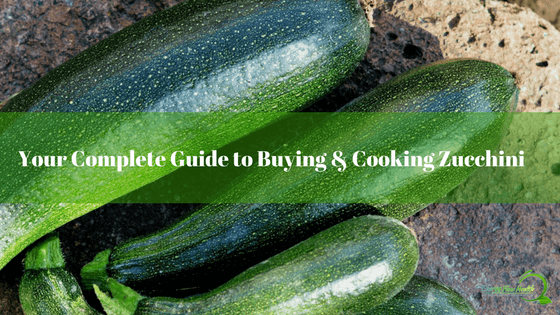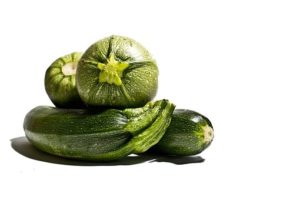- Energy Flow Acupuncture & Wellness Center24W500 Maple Ave Suite 212
Naperville, IL 60540630-335-1069 Clinic Hours
By Appointment Only
Blog
Tidbits
6 Proven Tips for Harnessing the Power of Change
Autumn – a time to turn inward and accept the Power of Change
Perhaps your inbox is bombarded with tips for the season – pumpkin-themed recipes, back to school tips, Halloween happenings. I know many of us love this time of year. Yet for some it forbodes an impending doom – summer is gone and winter will be upon us with all its frigid cold and dangerous icy patches!
Finding Meaning in the Season
Let’s take a breath and consider what this time of year has meant over the millennia for many cultures that experience the four seasons and confer its symbology into their philosophies. Fall is a time when the energy we spent outwardly growing and producing fruits all summer is mostly spent and then that energy converges inward to prepare for winter’s hibernation and storage of energy until life’s rebirth in spring.
In health terms, if we choose to live in tune with the seasons, our physical and mental energies turn inward also. It’s the perfect time for reflection, and warming our hearts and spirits with gentle activity and meditation. I like to take this time of year to revisit my purpose and values.
Over the summer, I was busy enjoying outdoor activity, engaging with friends, and allowing a bit more freedom into my schedule. Now, I want to hunker down and get back to the core of why I’m on this planet. Here are some suggestions to help you take advantage of the inward turning of life’s energy so that your roots may be well mulched to endure the long and cold winter months.
My Tips for Harnessing the Power of Change
- Journaling – not your thing? Never done it before? Need enticing? Start with a beautiful book in which to write your deepest thoughts and dreams! I love Paperblanks. I’ve gone through many of these over the years and delight in getting a unique new design each time.
- Mindfulness for the Beginner – ok, I’m no one to talk about having a devoted meditation practice, but over the years I’ve learned there are so many ways to incorporate mindfulness without sitting on a cushion or chair 30 minutes twice a day as experts such as Deepak Chopra recommend (although I do believe this is an admirable and worthy practice). The important point of meditation is to give that monkey mind we all have a break and focus on being in the present moment, so try one of these methods that fit into your life if sitting still is not appealing.
- Take in Nature – this can be as simple as walking around the block and collecting fallen leaves, or visiting a nearby stream and listening to it gurgle, or laying outside and looking up at the infinite sky for a few minutes. Again, this is all the same as #2, which we really all need as much of as we can get.
- Weightless floating – a friend recently visited the local Float Club and commented on how she was able to release control and tension more and more and more during her hour session. This can be useful for the very type A person who is constantly in action and has trouble turning off. Here’s a link to a local place to try.
- Let go of that which no longer serves you – This takes courage and willingness to look at yourself from the inside, and identify what you have accumulated so far this year that is not for your highest good. You can consider consulting a therapist or a good friend to help you identify old patterns that you are ready or in need of releasing. Some people like to write these things down on paper and burn them in a fire.
- Acupuncture – many of my patients say that acupuncture helps them shift energetically so that the previous 5 tips are accessible and useful. Acupuncture works by releasing energetic blockages within our bodies thus restoring homeostasis when the natural flow of energy is reestablished. Breath comes easier, patience is more attainable, and stress is more manageable. Here is more information about Acupuncture on my site and in Wikipedia.
What do you usually do and think when energy shifts and we are facing the the power of change? Please, share in the social media with me or contact me personally!
I hope this article has been helpful for anyone who could use a shift or who was just curious about how to best utilize the change of season!
Your Complete Guide to Buying and Cooking Zucchini
Zucchini is a chameleon vegetable
Chameleon vegetable? Strange images may pop into your head but what I mean is that zucchini, or summer squash as it’s also known, is very versatile. It is very bland so it’s great to take on the flavor of any seasonings or sauces.
Picking and Preparing
Look for a firm, smooth-skinned cylinder, and check for mold if it is wrapped in plastic. Beware that there are genetically modified zucchinis, so make sure to shop for organic if you want to avoid GMOs.
Zucchini can be eaten raw, sauteed, stewed, or steamed. Don’t boil it as it will turn to mush. It can also be used as a way to add fiber and moisture to baked goods. Who doesn’t love a good zucchini bread or muffin! Zucchini cooks quickly and has a high water content, so some people prefer to sprinkle the shreds, slices or cubes with salt and let the water seep out and wring it with a towel before sauteeing, stewing, or steaming.
Recently it’s gained popularity among Paleo dieters as a low-carb grain-free replacement for noodles or pasta. If you don’t have a fancy vegetable spiralizer, you can just use a vegetable peeler to make thin strips then slice those strips as you like or leave them wide.
Taste
What can I say about taste? It takes on more flavor when it’s sauteed – a buttery flavor I’d say. But if you shred and eat it raw, it will go well with almost any salad dressing, or just salt, pepper, and lemon or lime juice, or my favorite, with a homemade dairy-free pesto!
Health Benefits
One popular health benefit nowadays with obesity being a huge problem is that it is so low in calories and together with its versatility and mildness makes it a great stand-in for pasta as mentioned above or as a great way to get more fiber and less empty carbs.
Nutrition-wise, it’s high in vitamin C and pectin, which has been shown to benefit the arteries thus anyone concerned about cardiovascular health can feel good about eating it! Plus it’s a good source of potassium, and it’s high water content and natural electrolytes help regulate bowel movements. Other nutrients provided in decent amounts are B2, B6, and folate. B vitamins are essential for numerous metabolic processes and are important for hormonal health.
Recipes
One of my favorite ways to eat zucchini and also one of the simplest is fritters. Simply shred some zucchini, either by hand or in a food processor, season it with salt and fresh ground black pepper, and mix it with a scrambled egg or two, then pour into a hot skillet coated with a tsp or Tbsp of coconut oil or rendered solid grass-fed or pastured animal fat (beef, duck, lard, etc). Give it a minute or two to get golden brown then flip for another minute or two or until there’s no more liquid egg seeping through the surface when pressed gently with a spatula. You can serve with guacamole, salsa, or pesto, or as is!
Here is my recipe for the other super-vegetable, Daikon. Enjoy!
Promises to Myself
I want to let you all in on a little secret. I am not the perfect picture of health. I’m just like you. But I am proud of my progress on the journey.
I want to get personal with you. My health has been a major challenge over the past 23 or so years of my life. I have known pain, discomfort, fatigue, discouragement. I’ve tried many things, I’ve stopped trying things, I have retried things. The common thread that’s pulled me through is gratitude. I’ve learned hope, I’ve learned perseverance. Just like we all do in the game of life, right?!
Listen to that inner voice – it’s not loud, and yet when you hear it it should feel right. Wondering if a certain therapy, acupuncture or otherwise, will help you feel better? Thinking about making more time for yourself whether it’s a daily walk or a slowly savored meal sitting down? It’s better to try than to just spin your wheels. Then notice what gives you value, and continue.
Positive Side Effects of Acupuncture
(Naperville Acupuncture)
Acupuncture results – what can you expect?
Many of my patients are pleasantly surprised when they start to see results from acupuncture. For one, they often see benefits after the first or second visit. And for two, some of the benefits they get aren’t the ones they originally came in for. What strange effects am I referring to you may ask?
Examples of Acupuncture Benefits
Here’s a common example. Someone comes in for irritable bowel syndrome. Or neck pain. You name it. When I see them after the first or second visit – they report being more relaxed and having slept really well after their treatment. These are people that also had come originally with stress or sleep difficulties.
Another example is someone who comes in for fertility and they report their constipation improving or disappearing. Yet another example is someone coming in for constipation and not only does constipation improve, but the headaches they’d get several times a week have been gone for weeks!
Basically, people seek acupuncture usually for the one or two symptoms that concern them most or interfere with their day to day functioning, but rarely is it just a single problem that is plaguing them. Too often people are dealing with so many issues that may just become a part of their fabric, and they’ve adapted to the pain, discomfort, fatigue, etc., and don’t consider that all those signs are abnormal and can be helped.
And I know I say this all the time but, yet again, that is another thing I just LOVE about my job!! I am here to take into account ALL your signs and symptoms, all your troubles if you will, and to make sense of what is causing ALL of it. Usually it’s all interrelated, much to the astonishment of my patients when I tell them their rib pain and neck pain are one in the same, or that the frequent urination is related to the knee soreness, or that the bloating and gas are related to the headaches, or that their period pain and anxiety have the same source.
Learn more about acupuncture here. Here is one of my favorite acupuncture resources.
If you haven’t experienced the magic of acupuncture yet, or if you have a friend or relative that you think can benefit from a few good side effects, please give me a call at 630-335-1069 directly to get started!
Your all-in-one guide to Cooking Daikon
Your Practical guide to picking and Cooking Daikon
As part of my Veggies – past the ick and on to the yum series, we will first visit the vegetable that inspired me to write this blog. The white radish, known as daikon, is commonly eaten by many Asian cultures and in many ways. I have had it in Indian sambar, a spicy lentil stew or soup, pickled, cultured, stir-fried, and even raw. Next time you go to the grocery store, look for it as it may astound you – it can get really big!
Picking and Preparing
This radish looks a lot different from the little red radish you commonly see by the bunch or bag. It is either torpedo-shaped or cylindrical and can be up to 2 feet long and 3 inches in diameter. The outside may look a bit dirty, but don’t worry. Once you get it home, you can use your vegetable peeler to remove that outer dirty part just like you’d peel a carrot, and what you will see is a snow white firm flesh. Just make sure to choose one that is firm, the same way you’d choose any other type of radish.
Then depending on what you want to do with it, you can slice it thickly or thinly, or shred it. I like to do 1/4″ slices cut into half circles for stir-fry, and 1/2″ slices for a soup or stew. Try shredding it onto a salad like a carrot.
Taste
This radish is very mild. The common red radish is definitely spicier. That makes daikon a great choice for those who like a crisp veggie in their stir fry but that can turn tender when cooked.
Why Eat This Thing? – The Health Benefits
Daikon root is a powerfully healthy food. Most of all it aids digestion because it’s full of beneficial enzymes that break down fats and proteins. Secondly, it’s full of important nutrients especially vitamin C, potassium, calcium, and phosphorous. Thirdly, it’s an awesome detoxifier. Daikon root has been found to neutralize the effects of a common carcinogen called nitrosamine, thus aiding in protecting against cancer. Not only does it help rid the body of toxins, but it’s also decongesting and diuretic when eaten raw, while also aiding in regulating blood pressure.
Recipes
The 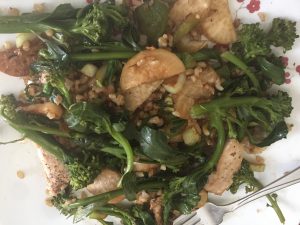
For the more adventurous, or those interested in really enhancing its digestive benefits, please try this simple lacto-fermentation recipe. The ingredient list is short, and it’s much easier than you think it is.
Lastly, another very no-brainer choice is to simply chunk it and cook it like carrots into your soup or stew. I’ve even roasted it with other root veggies!
Here’s a picture of a meal I made that includes stir-fried daikon.
Check out my other post about how to cook Zucchini.

